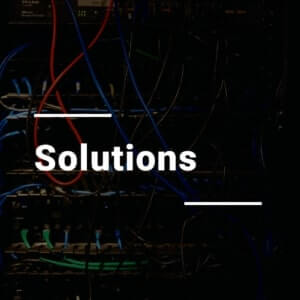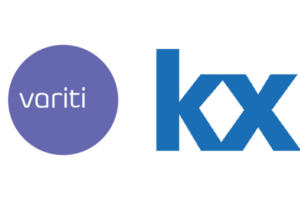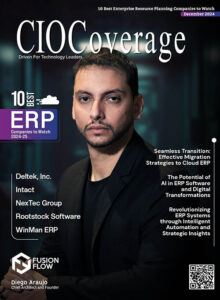Google brings a new game to town with the recent announcement of its Anthos product hitting general availability. Anthos was conceived to help developers and IT administrators navigate the complex waters of distributed applications. While Microsoft was the first hyperscale cloud platform operator to make it possible to run its cloud environment in customers’ own data centers with Azure Stack, both Amazon and Google have now introduced products and services to do the same thing.
All three recognize the need to help customers modernize existing applications by taking advantage of the latest innovations like containers and Kubernetes. Making all these different applications work together across different platforms both on-premises and in the cloud is challenging. Google says it has a viable solution, or solutions, for this.
Aparna Sinha, Kubernetes group product manager at Google, describes the company’s take on modernizing legacy applications by three different approaches:
- GKE On-Prem to bring Google’s cloud services to a customer’s data center
- Service Mesh for moving applications to a microservices architecture
- Containerize legacy applications to make them portable and accessible
“We have seen a lot of customer interest in both hybrid and multi-cloud approaches to providing services that deliver consistent performance and the right levels of control,” Sinha told me.
Each of these offers a structured approach to moving legacy apps to a cloud-based architecture. While this doesn’t rule out keeping some portions of the application inhouse, it does necessitate the use of containers and Kubernetes as the foundational pieces of a new application paradigm.
Google Kubernetes Environment On-Prem
As the cornerstone of Google’s hybrid cloud offering, GKE On-Prem offers customers multiple options for modernizing legacy applications stuck on old hardware. Workload portability, or enabling applications to run anywhere, is the ultimate goal. GKE On-Prem makes it possible to build and run applications when you need to keep the data inhouse or you don’t want to move large amounts of data to the cloud.
Google’s approach here is different from Amazon’s or Microsoft’s in in that GKE On-Prem runs on top of VMware vSphere. Everything runs on customer hardware with support for all the mainstream VMware OEMs, including Cisco, Dell/EMC, HPE, and Lenovo. This approach caters to the large number of existing VMware customers and keeps the familiar management and operating environment already in place.
Service Mesh
Google sees the future of application integration built upon a wide range of microservices all orchestrated and managed in the cloud. Google Cloud Service Mesh (GCSM) is the product offering that handles everything from communication and networking to monitoring and security. GCSM utilizes Google’s Istio product to handle the heavy lifting required to make these new microservices reliable and secure.
Serverless computing is the concept of providing specific services on demand running in a platform-independent manner. The bottom line here is the ability to deliver some piece of functionality without being tied to any physical system. Google’s approach to the problem is to use Kubernetes and a new project called Knative on top of Istio to make it all work.
Containerize
Most corporations have monolithic applications that they will never rewrite. These might be packaged applications like a database or another application purchased in the past. Google’s approach here is to move these applications into a container-based platform to enable them to run and, more importantly, be managed and integrated with the Google Cloud Platform environment.
To make this process easier, Google has a migration center offering specific services both internally and through partners. A variety of approaches to the problem, from lift-and-shift to migrate-and-modernize, can be taken depending on the complexity and flexibility of the customer requirements. Google realizes that one size doesn’t fit all in this approach, and it’s enlisted a wide range of partners to make it happen.
Bottom Line
Google’s whole strategy in tackling the problem of complexity is to simplify. While that might seem trite, it really does work when you take their products out for a test drive. Developers can spin up a test system with just a few clicks and then develop against essentially the same core infrastructure as they would have in production.
Microsoft’s answer to the integrated on-premises and cloud development story is to go with an Azure Stack system. Similarly, the folks at Amazon want you to buy their hardware and run a clone of AWS in your data center. Google thinks you can get what you need by running on top of VMware vSphere on existing hardware at significantly lower cost than either AWS or Microsoft.
Source: Data Center Knowledge















